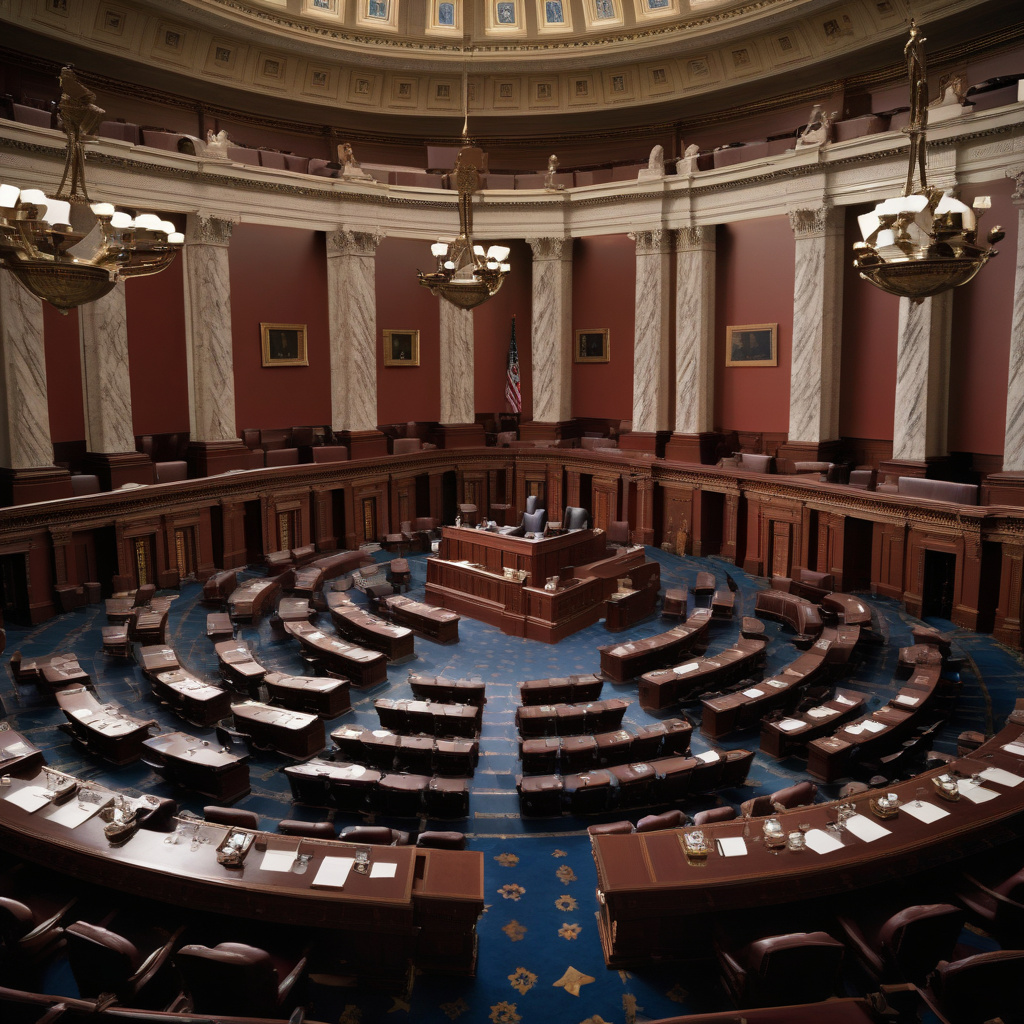US Senate Blocks GENIUS Act for Stablecoin Regulation, What’s Next for Crypto?
The GENIUS Act, a proposed bill aimed at regulating stablecoins, recently faced a setback in the US Senate. With 48 votes against it, the bill failed to advance, leaving the future of stablecoin regulation uncertain. This development has sparked discussions and debates within the cryptocurrency community, as stakeholders ponder the implications of the Senate’s decision.
Stablecoins, a type of cryptocurrency designed to minimize price volatility by pegging their value to a reserve asset, have gained popularity in recent years. Tether (USDT), USD Coin (USDC), and Dai are among the most well-known stablecoins in circulation. Unlike traditional cryptocurrencies such as Bitcoin and Ethereum, whose values can fluctuate dramatically, stablecoins are intended to provide a more stable store of value and a reliable medium of exchange.
The need for regulatory oversight of stablecoins has become increasingly apparent as these digital assets have grown in prominence. Concerns about consumer protection, financial stability, and potential illicit use have prompted calls for clear regulatory guidelines to govern the issuance and operation of stablecoins. Proponents of the GENIUS Act argued that the bill would establish a framework for supervising stablecoin issuers, safeguarding against risks, and ensuring market integrity.
However, the Senate’s failure to advance the GENIUS Act has created uncertainty about the path forward for stablecoin regulation. While some view this outcome as a missed opportunity to address regulatory gaps and enhance transparency in the cryptocurrency market, others see it as a necessary pause to reevaluate the proposed measures and their potential impact on innovation and economic growth.
Critics of the bill raised concerns about the potential unintended consequences of overregulation, warning that stringent regulatory requirements could stifle innovation and drive cryptocurrency businesses out of the United States. They argued that a more balanced approach, one that addresses risks without impeding technological progress, is essential to foster a thriving and competitive digital asset ecosystem.
In the absence of federal legislation, states have taken the initiative to enact their own regulatory frameworks for cryptocurrency activities. New York’s BitLicense and Wyoming’s favorable regulatory environment for blockchain businesses are examples of state-led efforts to provide clarity and support innovation in the cryptocurrency space. However, the patchwork of state regulations can create compliance challenges for companies operating across multiple jurisdictions.
As the debate over stablecoin regulation continues, industry participants, policymakers, and regulators must collaborate to develop effective and balanced regulatory solutions that promote innovation, protect consumers, and maintain financial stability. Finding the right balance between oversight and innovation is crucial to ensuring the long-term success and sustainability of the cryptocurrency industry.
The failure of the GENIUS Act in the US Senate underscores the complexity and contentious nature of regulatory discussions surrounding cryptocurrencies. While the road to establishing clear and comprehensive regulatory frameworks for stablecoins may be bumpy, it is essential for the industry’s maturation and mainstream adoption. As stakeholders navigate this evolving landscape, they must remain vigilant, engaged, and proactive in shaping the future of digital finance.
#Stablecoin, #Cryptocurrency, #Regulation, #USsenate, #DigitalFinance
